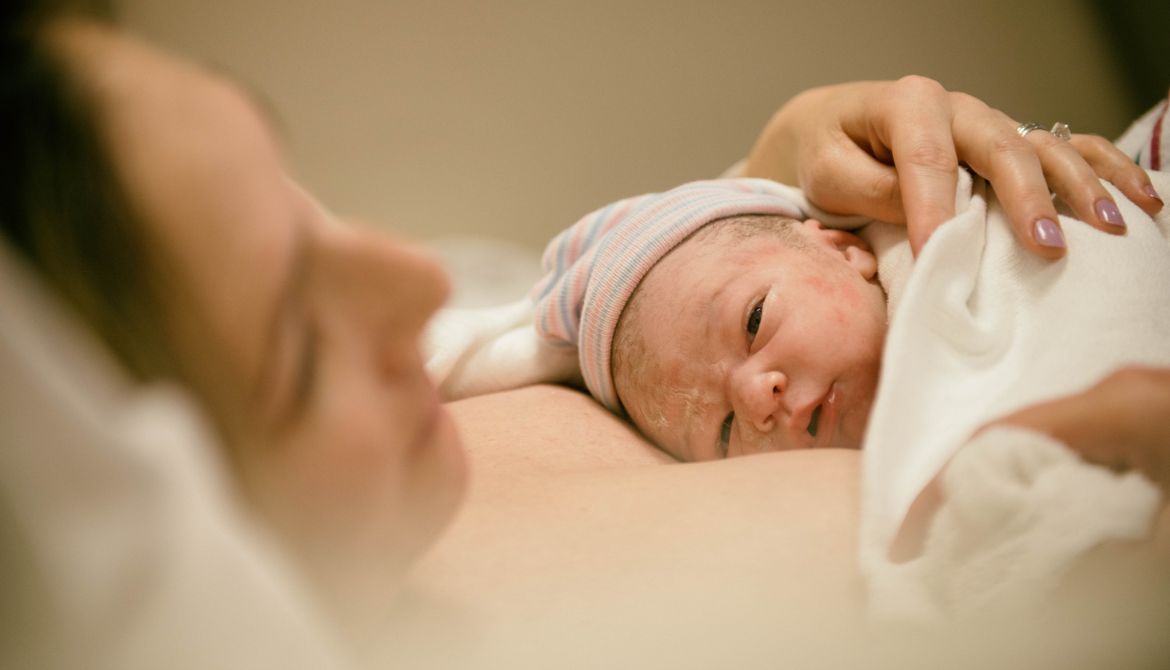A birth injury can be a life-changing experience for any family, and it is possible for this type of incident to pertain to injuries to a newborn baby and/or a mother. If you believe a recent birth injury occurred because of the actions of a medical professional, you could have grounds to file a medical malpractice claim. While a medical malpractice case is a type of personal injury claim, there are unique rules that apply to these cases that you must be prepared to follow if you want to succeed with the claim.
Most medical malpractice cases in the state are subject to the same three-year statute of limitations. This means that the plaintiff has three years from when the injury happens to file their medical malpractice claim. However, different types of medical malpractice cases have different statutes of limitations, including birth injury claims. It’s vital for the plaintiff in any medical malpractice case to know the exact time limits they must meet to successfully file their claim.
Understanding the Statute of Limitations for Your Birth Injury Case
The statute of limitations typically begins on the date an injury occurs. For example, if your family experienced a birth injury on June 1, 2024, you would have until June 1, 2027, to file your medical malpractice claim. However, not all birth injuries cause immediately noticeable effects. Some children are born seemingly healthy, only for their parents to discover the effects of a birth injury months or even years later.
Under California law, the statute of limitations for an injury that occurs at birth lasts until the child turns eight years old. This statute exists to ensure that any birth injury that does not manifest immediately noticeable effects can still form grounds for a medical malpractice claim.
To file your birth injury claim, you will likely need to consult a medical expert who has similar board certifications to the defendant in your case. This individual can provide expert witness testimony explaining how the defendant breached the standard of care you should have received in the situation, what they should have done differently, and how the damages you have experienced are the direct results of their actions. The plaintiff in a medical malpractice case is also required to send advance notice of their intent to file suit to the defendant.
As soon as you believe you have the right to start a medical malpractice suit, it is vital that you connect with a California medical malpractice attorney as soon as possible. The more time your attorney has to work on your case, the more likely you will be to not only succeed with the claim but also maximize your final case award. You may be limited in terms of the compensation you can claim from the defendant, but the right attorney can help recover as much as state law allows for the birth injury your family experienced.
FAQs
Q: What Are the Exceptions to the Medical Malpractice Statute of Limitations?
A: The typical statute of limitations for medical malpractice in the state is three years from when the injury happens, and the statute of limitations for a child injured at birth lasts until their eighth birthday. However, other variables can affect the statute of limitations, such as if the defendant engaged in any concealment or fraud to hide their malpractice or if the effects of malpractice were not immediately noticeable.
Q: How Soon Should I File a Birth Injury Claim?
A: It is ideal to consult a medical malpractice attorney as soon as possible if you suspect your child’s condition is the result of a birth injury. The statute of limitations might seem generous, but the reality is that it will take time to gather all the evidence and documentation you may need to firmly prove liability. The sooner you consult legal counsel, the more likely you are to meet the statute of limitations.
Q: How Much Can I Claim for Medical Malpractice?
A: California’s medical malpractice law only limits pain and suffering compensation in medical malpractice cases. Even if the plaintiff suffered permanent harm, there is a limit to how much pain and suffering compensation they can recover from the defendant. However, there is no cap on economic damages, and the plaintiff has the right to seek full compensation for any direct financial losses they suffered from the incident, as well as compensation for their future medical expenses and other long-term economic damages.
Q: What Are the Penalties for Causing a Birth Injury?
A: The defendant who caused a birth injury will face liability for the victim’s damages, and it is possible for their employer to face liability for these damages as well. However, if the defendant was egregiously negligent or caused the harm through some illegal action, such as performing medical treatment under the influence of drugs or alcohol, they are likely to lose their medical license and may be criminally prosecuted.
Q: What Will I Have to Pay to Hire a Medical Malpractice Attorney?
A: The team at Kenneth M. Sigelman & Associates can represent your medical malpractice case on a contingency fee basis. For example, you only pay a fee if we win your case, and your fee will be a portion of the total compensation we recover for you. If we are unable to secure compensation for your damages, we will charge you no attorney fees, so there aren’t any financial risks in choosing our firm to handle your case.
The statute of limitations is just one of the many procedural hurdles you must overcome to succeed with a birth injury claim or any other medical malpractice claim. The right attorney can not only help you meet these challenges with confidence but also significantly increase your chance of success with your case and the likelihood of maximizing your total compensation. Contact Kenneth M. Sigelman & Associates today to set up your free consult with us and learn how we can assist you with your birth injury case.

